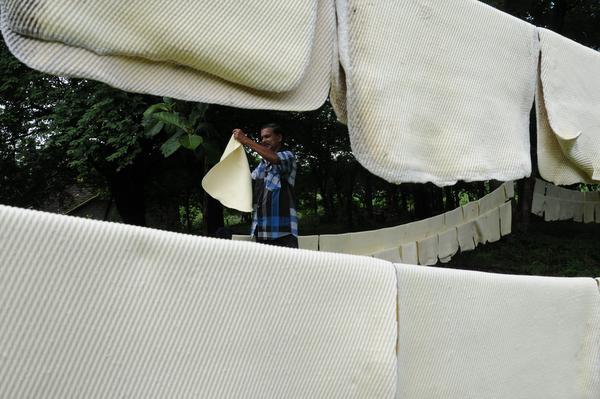KOTTAYAM, DECEMBER 18:
Owing to price advantage, exports of rubber from the country has picked up momentum, according to the Rubber Board.

The domestic price of natural rubber (NR) had been ruling high over international market prices since December 2013.
Sheet rubber prices were significantly higher during the last three years and a marked difference of ₹35/kg was noticed between the RSS-4 grade and the comparable grade in Bangkok market during July 2016. This glaring price gap between the Indian and international prices came down in the third quarter of 2016.
From the second week of November 2016, the international prices of NR shot up and is currently hovering at higher levels compared to Indian prices.
The spurt in international rubber price was due to the increased demand for rubber from China, upward trend in crude oil price, appreciation of the US dollar, etc.
Natural rubber is predominantly an export commodity in the major producing countries such as Thailand, Malaysia, Indonesia, Vietnam, etc and a price-sensitive item to speculative news from major consuming countries like China, India , Japan, etc.
The sudden upward trend witnessed in international rubber price is due to the prevailing speculative trend, owing to the aforesaid reasons coupled with the surge in Shanghai and TOCOM exchanges in China and Japan.
Price parity
In India, natural rubber is traditionally not an export commodity and the major share of the rubber produced in the country is consumed domestically. So, the response to speculative price movements will be relatively less in India compared to other NR producing countries. The Indian rubber prices generally track international prices and the market invariably adjusts to international prices forthwith, often with a time lag.
The Board is keen on capitalising on the price advantage by promoting exports. This would raise domestic NR price to the world market levels.



























